It would have happened on a Thursday, as it does every Thursday.
Crowds of young men and teen boys would have lined up outside stores around the globe, in hopes of buying the latest drop from Supreme — the pugnacious streetwear brand which rose from New York skater shop to global multibillion-dollar fashion colossus and sold to fashion conglomerate VF Corporation for $2.1 billion in December 2020.
Even if you don’t care about skating or streetwear, you would instantly recognize a white T-shirt slapped with their logo; a red box, with “Supreme” in Futura Heavy Oblique font inside. Celebrities love Supreme, the stylish (Hailey Bieber, A$AP Rocky, Kanye West) and the stylish-wannabes (Justin Bieber, Travis Scott, Jaden Smith). For young men in the 2010s — and it was almost exclusively young men — there was nothing cooler to own, or more lucrative to resell, than Supreme. Their clothes were the ultimate shortcut to cool. A boxy white T-shirt could easily be incorporated into your wardrobe — whether you favored sweatpants or suits — but that rectangular red logo said you had taste, you knew what was cool, and you had the money to buy it.
And in 2023, had everything gone as Supreme’s creative director Tremaine Emory hoped, the young men waiting outside Supreme would have copped apparel with graphics depicting lynchings, hangings and the whipped backs of slaves.
In the 1800s, images of lynchings were sold as souvenirs in the South. In 2023, Supreme would try to make them cool.
This was actually going to happen, part of a yet-unreleased collaborative collection with the artist Arthur Jafa. It was only when a black employee sent an alarmed email to Supreme’s leadership that the brand’s founder and CEO James Jebbia stepped in, removing the images from the collection. And because the images were removed without his approval, Tremaine Emory (who is black and arranged this collection) resigned, citing “systemic racism.”
In the days that followed, Emory would post private (though boring) text messages between himself and Jebbia to Instagram; allies like A Ma Maniére’s James Whitner would express their support (“Keep leading”); and Emory would recommend Robin DiAngelo’s bestseller White Fragility, which made its (white) author a millionaire through corporate consulting fees.
This whole saga reads like a bad joke, or a skit cut from Chappelle’s Show; but this is all real. The hottest thing in streetwear could have been depictions of hate crimes.
When Jebbia opened the first Supreme store in Lower Manhattan in 1994, he’d already had experience in streetwear, founding Union and cofounding Stüssy (earlier, he’d been a child actor on the British children’s program Grange Hill), but Supreme wasn’t intended to be like any other brand. It was confrontational and unafraid, made for the tastes of Jebbia and his friends, and the clothes were arranged along the shop walls so you could skate through the middle. Some of his early employees were extras in Harmony Korine’s Kids, the famed 1995 film depicting hedonistic New York teenagers; none of them cared for corporate niceties or knew what institutional racism was or gave a damn about copyright law. They were sued by Calvin Klein and received cease and desist letters from Louis Vuitton, the NCAA and the NHL. Even their famous logo was a rip-off of contemporary artist Barbara Kruger.
Supreme wasn’t nice or inviting to customers either; if you didn’t get it, or didn’t like it, you could get out. When asked whether there were sales targets, or concern about putting off potential customers, an early employee told me, “We really didn’t give a shit.” Jebbia and his friends just made whatever they thought was cool, and perhaps that’s why, over time, the world would come to agree with them.
In 2004, Supreme’s footprint expanded to Los Angeles, and since then to San Francisco, Brooklyn, Chicago, London, Paris, Milan, Berlin, Shibuya, Osaka, Fukuoka, Harajuku, Daikanyama, Nagoya and Seoul. The company released T-shirts featuring Mike Tyson, Nas, Raekwon, Neil Young, Lady Gaga, Morrissey, Gucci Mane, Kate Moss, Kermit the Frog, Andre 3000 and more, and collaborated with Vans, Stüssy, Comme des Garçons, Timberland, The North Face and Louis Vuitton. And through it all, Supreme has taken skate style from subculture obscurity to catwalk oversaturation.
Just a year after its “Fuck Nike” T-shirt collection, Supreme released a collaboration with Nike, the 2002 Dunk Low Pro SB Supreme, widely considered one of the greatest sneakers of the modern era. This was just the first Nike x Supreme sneaker collaboration, followed by their quilted Blazers, controversial Shox, Dunks, and many more. The 2014 release of the Supreme Foamposite caused such a riot in New York — and by that, I do mean a literal, police-involved riot — that it forever ended in-store releases of Supreme’s Nike footwear.
Supreme was the embodiment of “hype culture,” unlike any other fashion subculture. Most fans of a particular style or brand are interested in the influences and stories behind collections. But “hypebeasts,” as people in this world are known, have a louder, more extroverted passion. They don’t care about the story. What matters is that an item is rare, expensive and immediately recognizable as such. They’ll wait in the cold, refresh a website every second for hours, fight in lines and eventually spend thousands of dollars for the chance to post to Instagram with the caption, “I know you don’t have these!”
The peak of Supreme didn’t just define hype culture, it mocked the very notion of it. Everything they sold turned to gold, selling for thousands of dollars online, and the company began slapping logos on anything they could think of. It wasn’t just Supreme Nikes or hoodies anymore; there were Supreme- branded nunchucks, and a Supreme-branded crowbar, and a Supreme-branded fire extinguisher, and a Supreme-branded stapler and Supreme-branded Colgate toothpaste. The absurdity of these releases only attracted more attention.
In streetwear, a “brick” is an item that sits on store shelves, unsold and in oversupply. In 2016, Supreme released a branded literal red-clay brick, at $30 each — except they sold out within minutes. A day later, one was on eBay for $1,000.
This period was completely mad; a bubble of social hype that was bound to burst. And it did.
In the late 2010s, the hype of Supreme’s releases and obscene resale values meant that the red logo lost its underground cool. It was obvious and ubiquitous, and closely associated with the most obnoxious influencers, dressing head to toe in Supreme to show off to their followers. Given that there’s nothing less cool than dressing to impress children, this did little to help the appeal of Supreme — and collections that appealed to this clique now just looked tacky and ugly.
And given how easily Supreme gear could be faked, buying the real stuff was pointless. You didn’t have to scour clothes forums or secondhand sites; a heather gray Champion hoodie and a YouTube screen-printing tutorial let you produce an almost perfect match for a Supreme hoodie that once resold for almost $2,000.
But the biggest problem was that Supreme fundamentally wasn’t the same brand anymore. Jebbia was still at the helm, but it wasn’t a small skater shop; it had turned into a multi-billion-dollar asset in a global fashion portfolio. The most obvious sign of the change came before their acquisition (and before the peak of the hype) when Supreme sued Leah McSweeney’s feminist streetwear brand Married to the Mob for copyright infringement in 2013, arguing that her “Supreme Bitch” box-logo Ts stole their branding and logo, despite “their” logo itself being stolen from Barbara Kruger. When Complex reached out for comment, McSweeney called the lawsuit “a ridiculous clusterfuck of totally uncool jokers.” MTTM still sell their shirts, now shortened to “Bitch.”
A few weeks ago I walked by the Supreme store in London. The little black-fronted shop was not yet open — it’s intentionally inconspicuous, particularly compared with the glassy, bright shops but five minutes’ walk away.
Had I visited the same shop ten years ago, at the peak of logomania, I’d be fighting my way through loud crowds, excited for the latest release, having spent the night waiting in line outside the store sleeping in tents and doing shifts with friends in cars. To call the group outside the store this morning a “crowd” would be overselling it.
The irony is that Emory was hired in February 2022 to bring the cool back to Supreme. Though relatively unknown to the wider public, he was one of the most unique, interesting voices in menswear, whose work as art director-at-large at Stüssy, brand director for Yeezy and founder of Denim Tears combined unique references to black culture with genuinely creative design. His collaborations with Levi’s are consistently fantastic, including his latest, inspired by black biker culture. Their black leather jacket and trousers, cut in classic Levi styles, are impeccable, though sadly overshadowed by this scandal.
Supreme had been improving, guided by Emory’s astute eye. The woven leather varsity jacket and Schott shearling bomber jacket from their latest Fall/Winter collection are among their best pieces in a decade, and their latest Nike Dunk collaboration was inspired by the work of the graffiti artist Rammellzee, the first artist to work with the brand.
In a video released for the launch of his recent Levi’s collection, Emory talked about how white bikers — once outcasts and rejects — themselves rejected Brooklyn’s flamboyant black biker culture, which has inspired his latest collection, for much of the same reason. “It’s interesting how, a lot of the time, the outsiders become the squares,” he observes, with a notable lack of self-awareness.
The truth is that Emory is a not a radical but an elite who sells $200 sweatpants, $900 denim jackets, and $230 shirts that read “Late Capitalism.” He’s not the victim of corporate “institutional racism,” but of his own decisions, which — in this case — were quite mad.
Supreme needed a new voice to bring life into the brand — to make it feel different and fresh, move past the stale associations of logomania and make it bold again. Emory gave them that. What they probably didn’t need was rich white kids wearing lynching T-shirts with their logo on it.
Maybe the lines will never return to the stores and the hype will stay mild, and some will look back fondly on the time when they met friends camping outside stores, waiting days for the opportunity to buy a shirt.
Maybe, despite the high price tags, it’s ultimately just a skate shop that releases shirts with a cool logo.
And maybe now, with the hype gone, kids who actually skate can afford to buy them. And a white T-shirt with a red box logo will always look great.
This article was originally published in The Spectator’s November 2023 World edition.
The post The sorry state of Supreme appeared first on The Spectator World.
Got something to add? Join the discussion and comment below.
Get 10 issues for just $10
Subscribe to The Spectator Australia today for the next 10 magazine issues, plus full online access, for just $10.

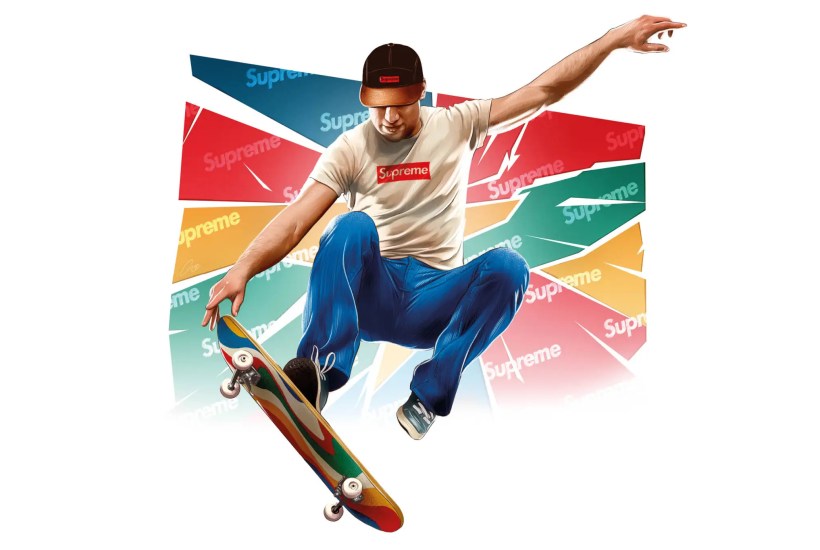
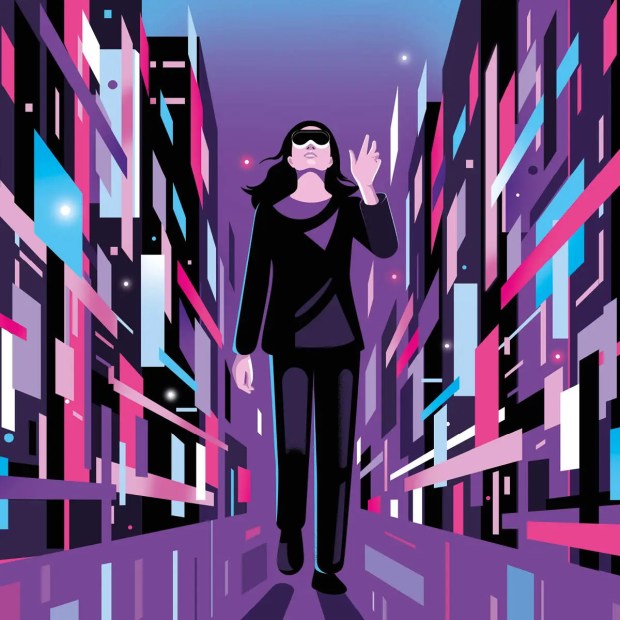
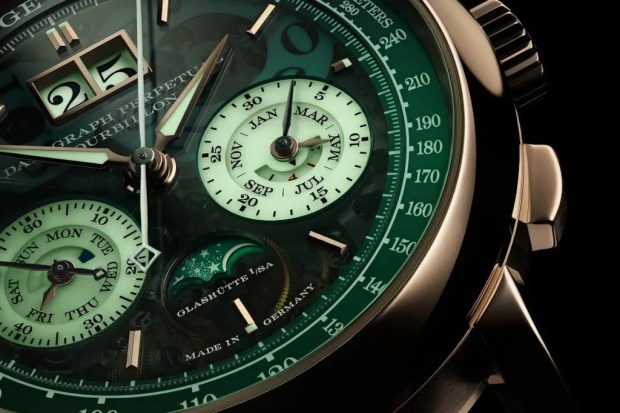

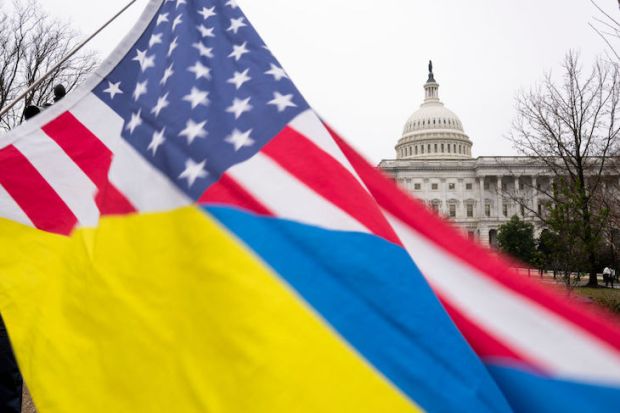
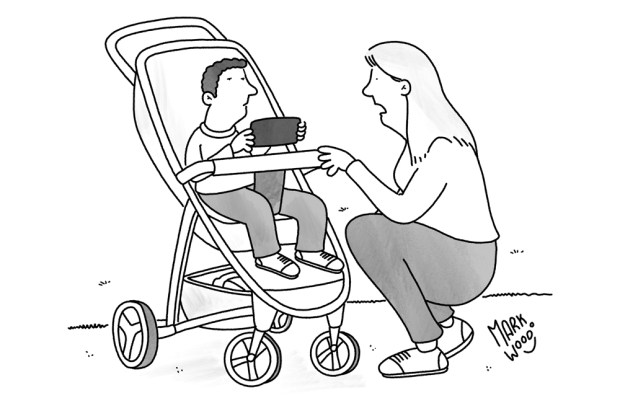
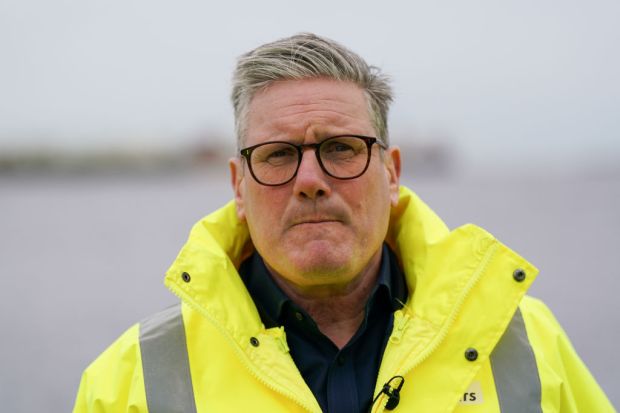












Comments
Don't miss out
Join the conversation with other Spectator Australia readers. Subscribe to leave a comment.
SUBSCRIBEAlready a subscriber? Log in